Graphic design for children gained traction as educators and designers realized the potential of visual communication to engage young minds. Initially, the field saw a limited range of approaches, but today, ideas for children's graphic design are as varied as a child's imagination. Whether through whimsical characters or bold, bright colors, child-focused graphic design seeks to captivate attention and simplify complex ideas. Although some may assume this field is trivial or overly simplistic, it is, in fact, a dynamic area brimming with creativity and innovation. Add a splash of creativity to your toolkit with these graphic design ideas specifically tailored for children--and inspire the next generation.
Colorful illustrations
Designing graphic content for children requires vibrant and dynamic illustrations that capture their attention and stimulate their imagination. Colors play a crucial role, thus palettes with bold contrasts and bright tones are preferred, as they not only engage young minds but also aid in cognitive development and color recognition. The intricate use of patterns, textures, and whimsical elements creates a sense of playfulness and wonder, encouraging kids to explore and interact with the design. Characters and scenes often take on exaggerated and imaginative forms, catering to a child's sense of curiosity and creativity while ensuring the artwork aligns with age-appropriate themes and motifs.
Playful typography
Playful typography in graphic design for children involves using vibrant colors, whimsical fonts, and imaginative layout to capture their attention and stimulate their creativity. Designers often incorporate oversized, exaggerated letterforms and integrate fun elements like textures, doodles, or character illustrations to make the typography interactive and engaging. This approach not only enhances readability for young audiences but also transforms reading into an exploratory adventure, encouraging children to associate learning with fun. The use of dynamic arrangements and unconventional placements of text can create a sense of movement and playfulness, making the design more relatable and entertaining for children, and fostering a positive emotional response.
Interactive elements
Graphic design aimed at children requires a vibrant blend of interactive elements that captivate young minds and encourage engagement on a multisensory level. Using touch-sensitive interfaces, these designs can prompt children to explore and learn through gestures that trigger animations, sounds, or visual transformations. The integration of customizable features such as drag-and-drop or color-changing tools allows children to express creativity while developing fine motor skills and decision-making abilities. Dynamic feedback, like cheerful sounds or animated characters expressing delight upon task completion, reinforces positive actions, thereby fostering a motivating environment that is as educative as it is entertaining.
Kid-friendly icons
Kid-friendly icons in graphic design captivate young audiences through vibrant color palettes and simplistic forms that are easily recognizable. The designs often incorporate exaggerated proportions, like oversized heads or large eyes, which help in making the icons more relatable and memorable for children. These icons typically avoid sharp edges and use rounded shapes, curating a sense of safety and friendliness that invites interaction. Symbols like animals, basic objects, or simple emotive faces are used to convey messages without overwhelming detail, ensuring the design retains clarity and communicates effectively to a child's developing perceptual skills.
Educational graphics
Educational graphics designed for children often employ vibrant colors and playful elements to capture attention and enhance learning experiences. Designers carefully select fonts that are not only visually appealing but also promote readability for young learners, ensuring that the text complements graphic content rather than detracting from it. Interactive elements, such as clickable illustrations or animated characters, can be incorporated to engage children more profoundly, fostering a sense of curiosity and exploration. These graphics, when adeptly crafted, serve as powerful tools in simplifying complex information, making abstract concepts tangible, and supporting the cognitive development essential for early education stages.
Storybook layouts
Creating storybook layouts for children requires a meticulous blend of vibrant visuals and engaging textual arrangement to captivate young minds and foster a love for reading. Designers should select a color palette that evokes imagination and playfulness, utilizing contrasting tones to ensure figures and structures remain distinct on each page. Typography is crucial as it must be large enough for easy readability, with font styles that mirror the whimsy or seriousness of the narrative's tone while ensuring a comfortable flow that guides the young reader's eye smoothly from one element to the next. Visual hierarchy should be employed strategically, where illustrations not only complement the story but also expand upon it, prompting children to explore details which enhance their understanding and encourage curiosity, thus transforming each page turn into an anticipated adventure.
Character design
Character design for children requires an intricate balance of vibrant colors, simplicity, and relatability that captures the youthful imagination while conveying clear attributes and emotions. Designers often prioritize exaggerated features such as oversized eyes or expressive faces, enabling characters to convey feelings instantly, which is crucial for the limited attention span of a young audience. Collaborating with child psychologists or educators can provide insights into age-appropriate themes and cultural sensitivities, ensuring that the characters promote learning and positive behaviors. Moreover, designers must consider diverse representation to reflect the broad spectrum of experiences and backgrounds, allowing every child to see themselves in the characters they adore, fostering inclusivity and empathy at a tender age.
Engaging visuals
Creating graphic designs for children requires a deep understanding of what captivates young minds, necessitating vibrant colors and dynamic layouts that capture attention immediately. The use of playful fonts, bold and easily recognizable shapes, as well as whimsical characters, foments an environment where imagination flourishes, making learning both engaging and memorable. Textures, gradients, and subtle animations work in concert to add layers of depth, encouraging interaction and maintaining a child's curiosity over time. Furthermore, incorporating elements inspired by familiar themes from children's media or favorite cartoons further ensures relatability and excitement, anchoring the visual engagement with a sense of comfort and nostalgia.
Simple patterns
Graphic design for children often utilizes simple patterns that engage young minds by sparking curiosity and enlivening imagination. Bold, repetitive shapes such as circles, triangles, and squares arranged in bright primary colors can create a visually harmonious sequence that aids in cognitive development. These patterns are frequently used in educational materials to help children recognize relationships and sequences, promoting both visual literacy and critical thinking skills. Additionally, integrating playful motifs like animals or everyday objects into these patterns fosters familiarity and personal relevance, making the learning experience both enjoyable and meaningful.
Fun textures
Incorporating fun textures into graphic design for children involves using tactile and visually engaging elements that captivate a child's senses, making the medium both entertaining and educational. The use of bright, bold colors combined with diverse materials like felt, foam, glitter, or holographic paper can create dynamic layers that intrigue young minds, allowing them to explore and interact with the design in an inviting way. Designers often incorporate playful patterns such as polka dots, spirals, or whimsical shapes, embedding them into digital canvases or physical prints, which can encourage children to feel a sense of discovery and joy. The implementation of textures not only aids in developing a child's sensory perception but also helps in conveying messages or stories by adding depth and dimension to what might otherwise be flat and unremarkable images.






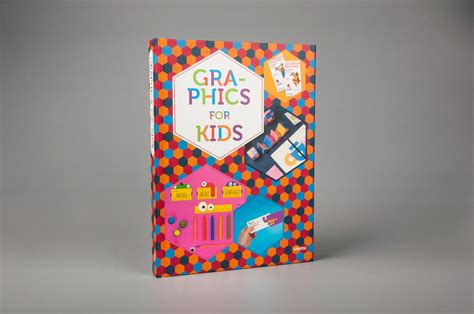
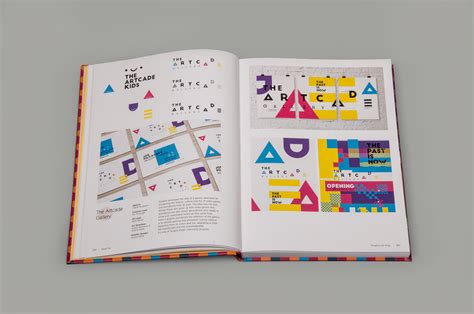
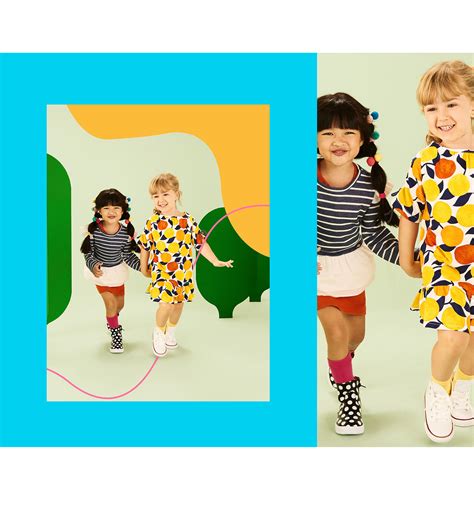
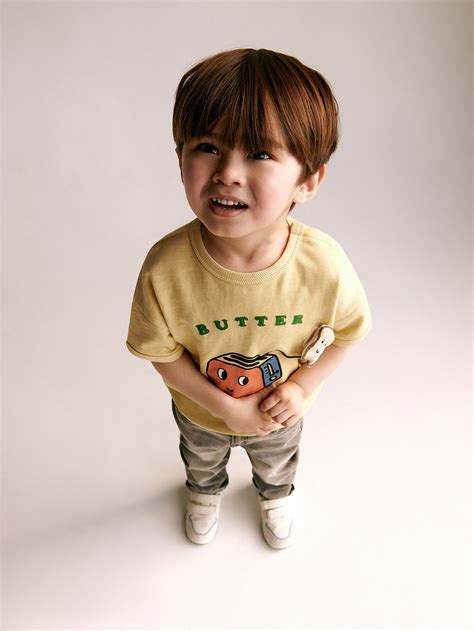
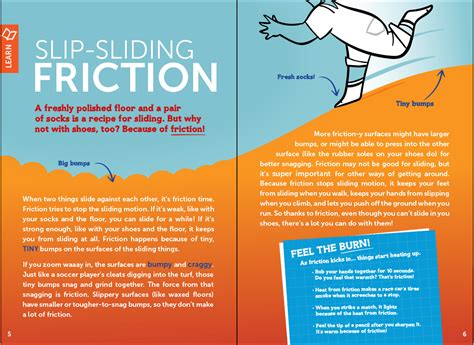
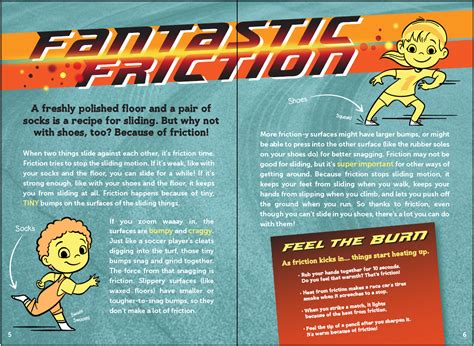
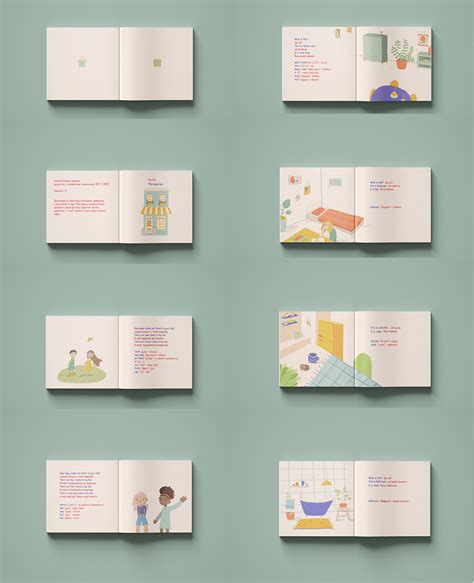
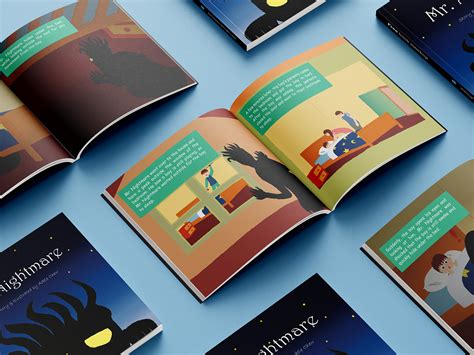
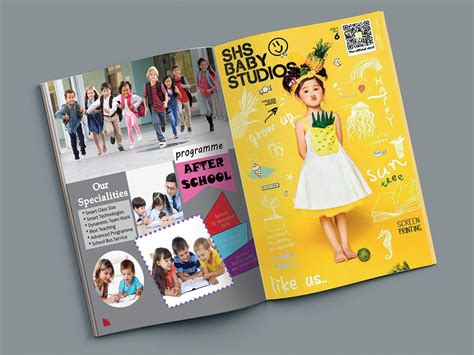
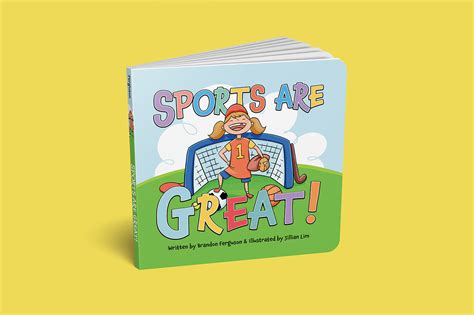

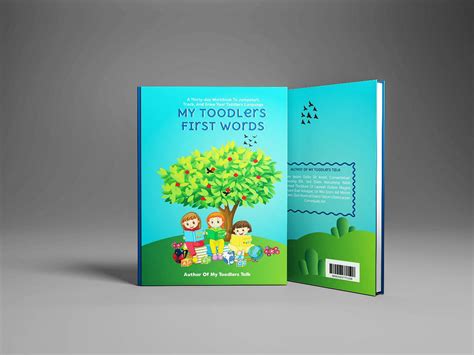
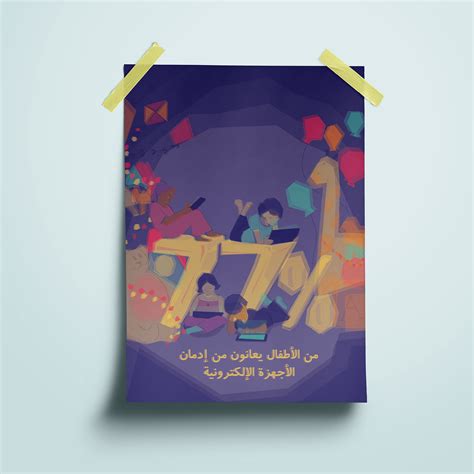

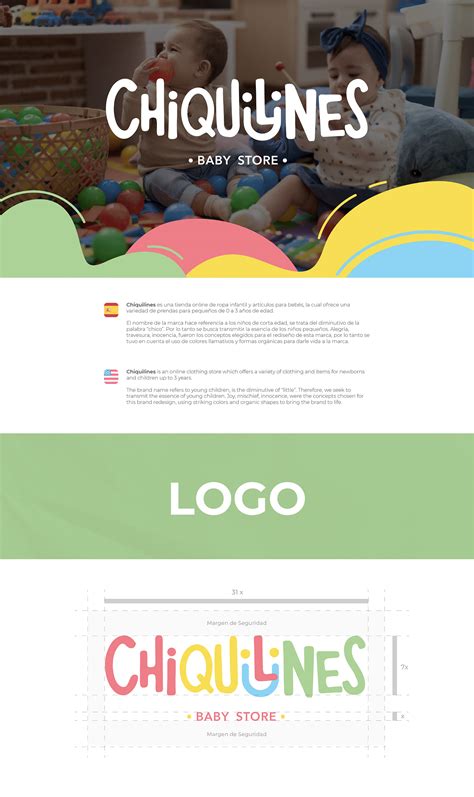
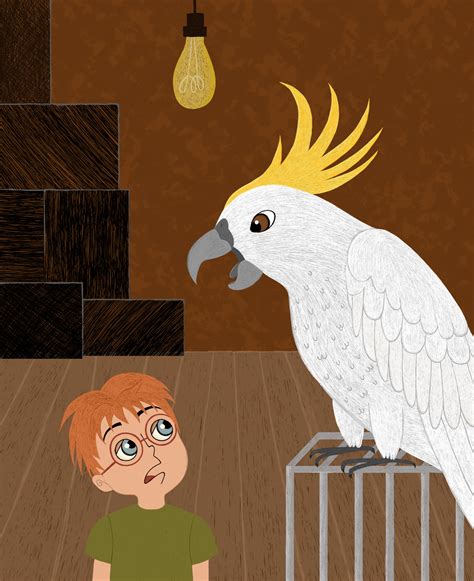
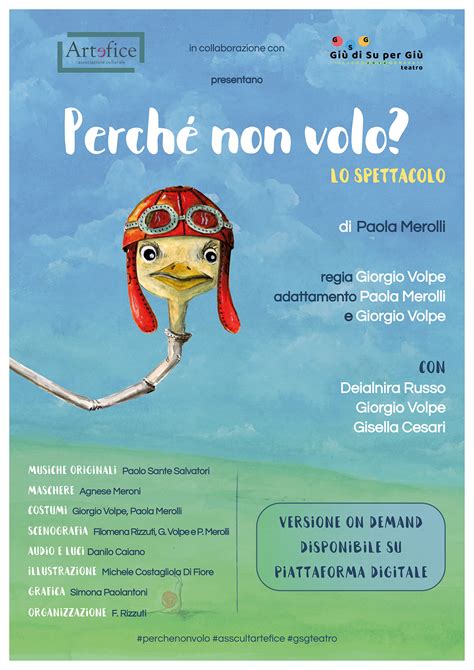
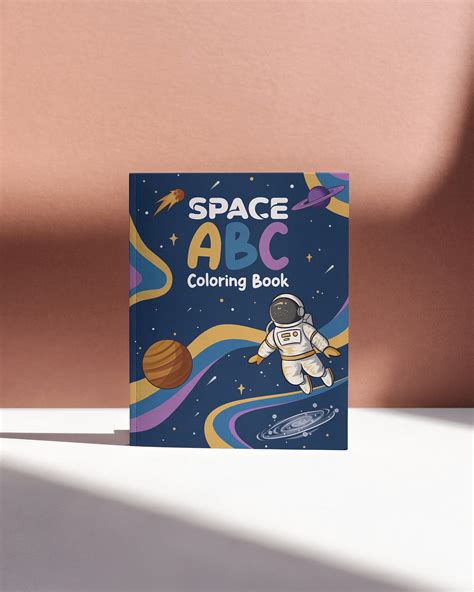
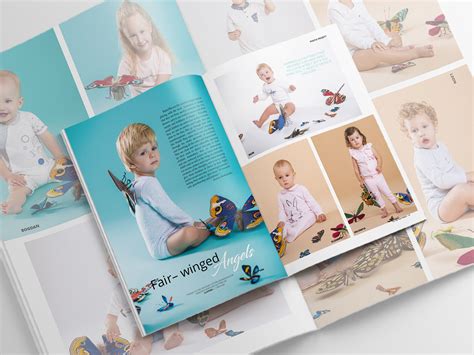
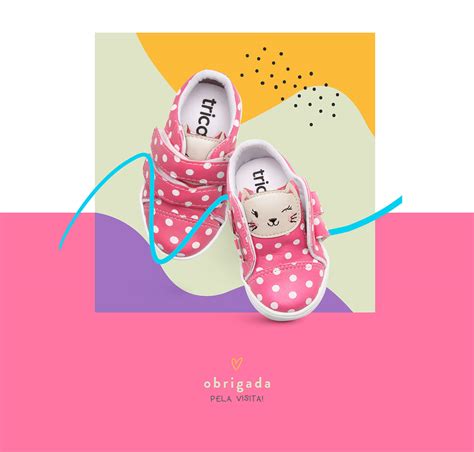
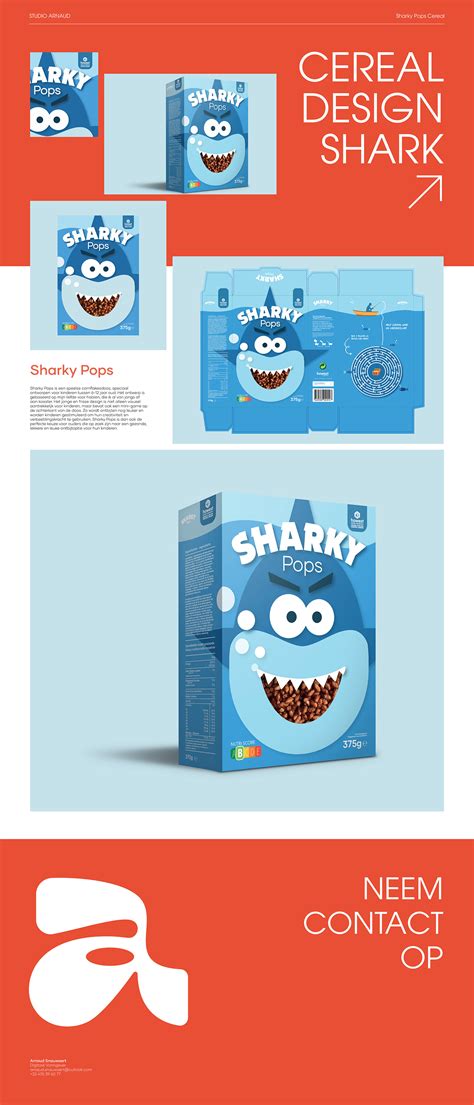
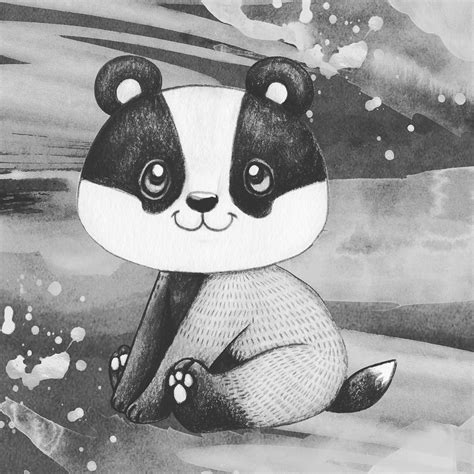
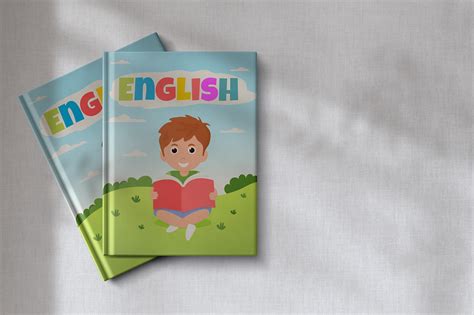
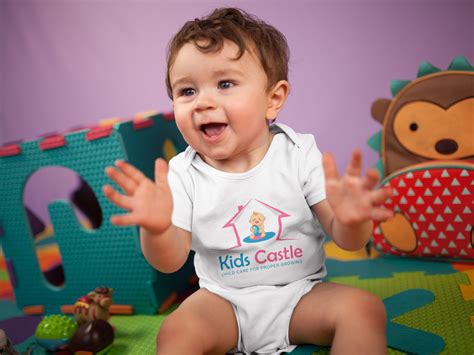
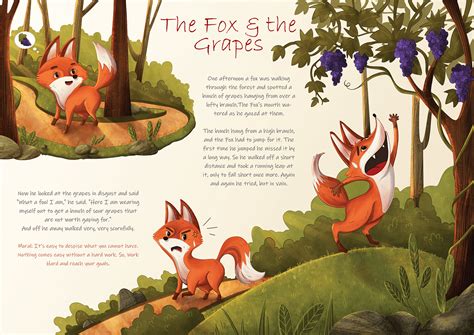
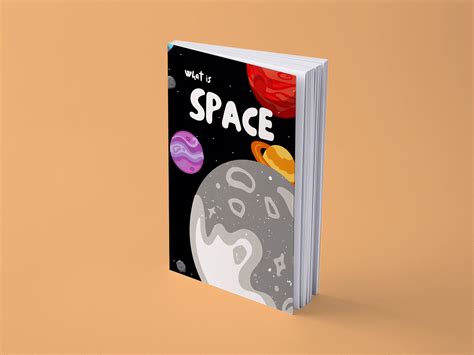
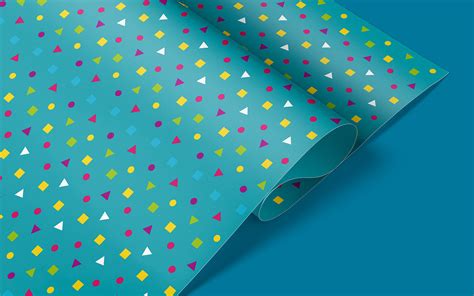

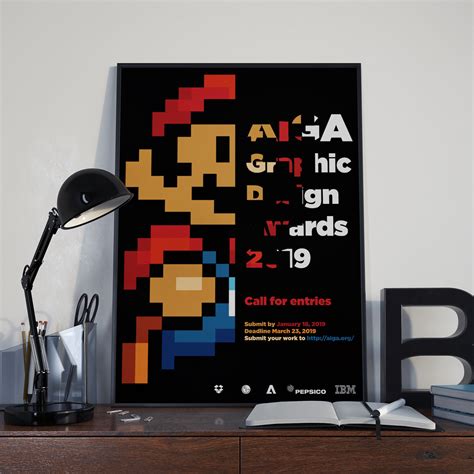
Leave a Reply
Your email address will not be published.